The future of lending: Finance where and when you need it
If lending can successfully become more embedded into the infrastructure of everyday services, finance will become more accessible and easier to use, explains Lara Gilman, Co-Lead of iwocaPay
 Over the last 10 years, innovation in finance and technology has transformed how many of us think about, manage and make choices with our money. Gone are the days where we rely on banks for all of our financial needs: nowadays, fintech alternatives are everywhere. According to Crunchbase, roughly:
Over the last 10 years, innovation in finance and technology has transformed how many of us think about, manage and make choices with our money. Gone are the days where we rely on banks for all of our financial needs: nowadays, fintech alternatives are everywhere. According to Crunchbase, roughly:- $5 billion was invested in fintechs in 2010
- $43 billion was raised in 2019, across payments, insurance, banking and lending.
That’s a ninefold increase in investment. With the rise of fintechs, banks faced an extraordinary change of pace of competition.
The question is, what caused the shift? Banks had more capital, large customer bases and provided a ‘one-stop shop’ for financial solutions. A complete answer is probably complicated, but two big factors were: technology and the financial crisis of 2008.
First, technology. Ironically, the legacy of the banks became their Achilles heel as they struggled to adapt to a mobile, digital and cloud-based era. Enter the fintechs. Service by service, new players successfully built new and more adaptable tech stacks that could compete with the banks along narrower product or service lines.
Second, the 2008 crisis. The crisis prompted a wave of new regulation that banks needed to manage, and had a lasting impact on their customers. In 2018 - 10 years after the crisis - 66% of Britons did not trust banks to work in the best interests of society.
Fintechs, by contrast, succeeded by refocusing on simple, practical and consumer-centric services that resonated with real customer needs. In the UK, where banks were still battling the PPI debacle, the fintechs offered refreshing alternatives. This is certainly true for the story of iwoca. With our customer-focused and tech-led approach, we were able to bring finance to thousands of small businesses.
Since launching in 2012, we’ve now lent over £1 billion and made funding available to 50,000 small businesses.
But where does lending go from here? Again, there are two big prompts for change. First, new technology will allow for finance to become more accessible. No longer will you need to go to the financial provider - finance will meet you wherever you need it to be. And second, a new crisis - the Coronavirus pandemic - will prompt businesses to reprioritise their needs and make better financial decisions in uncertain economic conditions.
Bringing lending where small businesses need it
In other areas of fintech, this dynamic is already happening. From real-time, contextual insurance, to mobile-integrated payment services like ApplePay or buy now, pay later checkout options like Klarna and Afterpay, seamless integrations and customisable financial products are increasingly commonplace. Lending - and small business lending in particular - will follow a similar trajectory. It will become more contextual and fit for purpose, helping customers make practical and efficient financial decisions.
Fintech lenders will need to offer solutions which make finance seamlessly available for customers. These might be services which bring finance to the point of invoice, allowing suppliers to get paid up front whilst their customers have the flexibility to spread the cost. Or, integrations which make a fintech’s full lending stack available to an entire ecosystem of payment service providers, fintechs, brokers, accountants and bookkeeping platforms - to enable its partners to make finance available where customers are planning their accounting and cash flow needs.
Building a more balanced and productive ecosystem
During the lockdown, we asked over 500 small business owners how lockdown had changed their business and found that it had amplified existing inefficiencies in the small business B2B—particularly around low productivity and late payments.
For the millions of small businesses that are gradually reopening their doors, the crisis means they’ll be looking at their business through a new lens. This refreshed perspective could be the turning point for the B2B economy, as businesses look for tools and services that make them more efficient and resilient.
To weather the crisis, digital access to cash flow and tailored financial solutions will become even more important. Through direct integrations, digital lenders can enable fintechs, banks and other partners to provide small businesses with just that, bringing the whole finance ecosystem together. These businesses will be able to quickly access finance as and when they need it, whether that be through their online banking, accountancy platforms or trusted advisers and brokers.
The future will see more lending integrations which will allow partners to build the ideal journey and lending product for their customers. This collaboration will help in ensuring products actually work and are evolving in the right direction - with the needs of businesses. Successful fintech providers will be those who can effectively embed products and services across multiple platforms, in turn helping businesses take control and manage their money more efficiently.
As we circle back to the changes in the last decade, it’s clear that by 2030 we’ll again have seen a fundamental shift in the way that we think about, and manage, and make choices with our money. If lending can successfully become more embedded into the infrastructure of everyday services, finance will become more accessible and easier to use.
Read more about the future of fintech by downloading our new Fintech 2030 Report, where 14 other leaders share their views on the future of their sector >
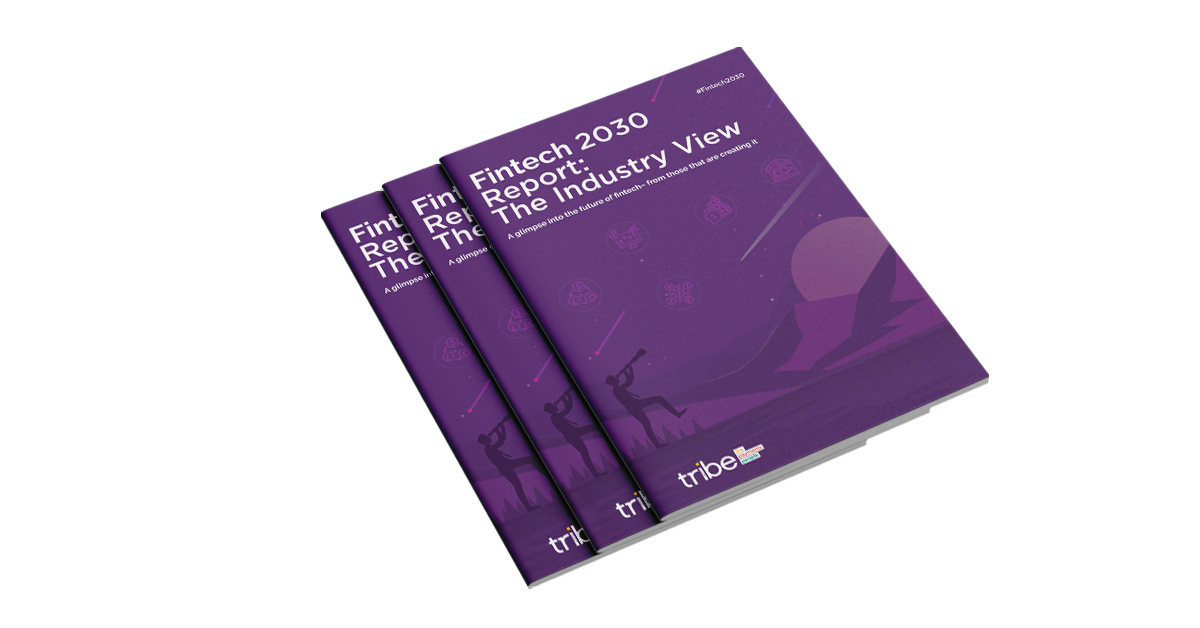

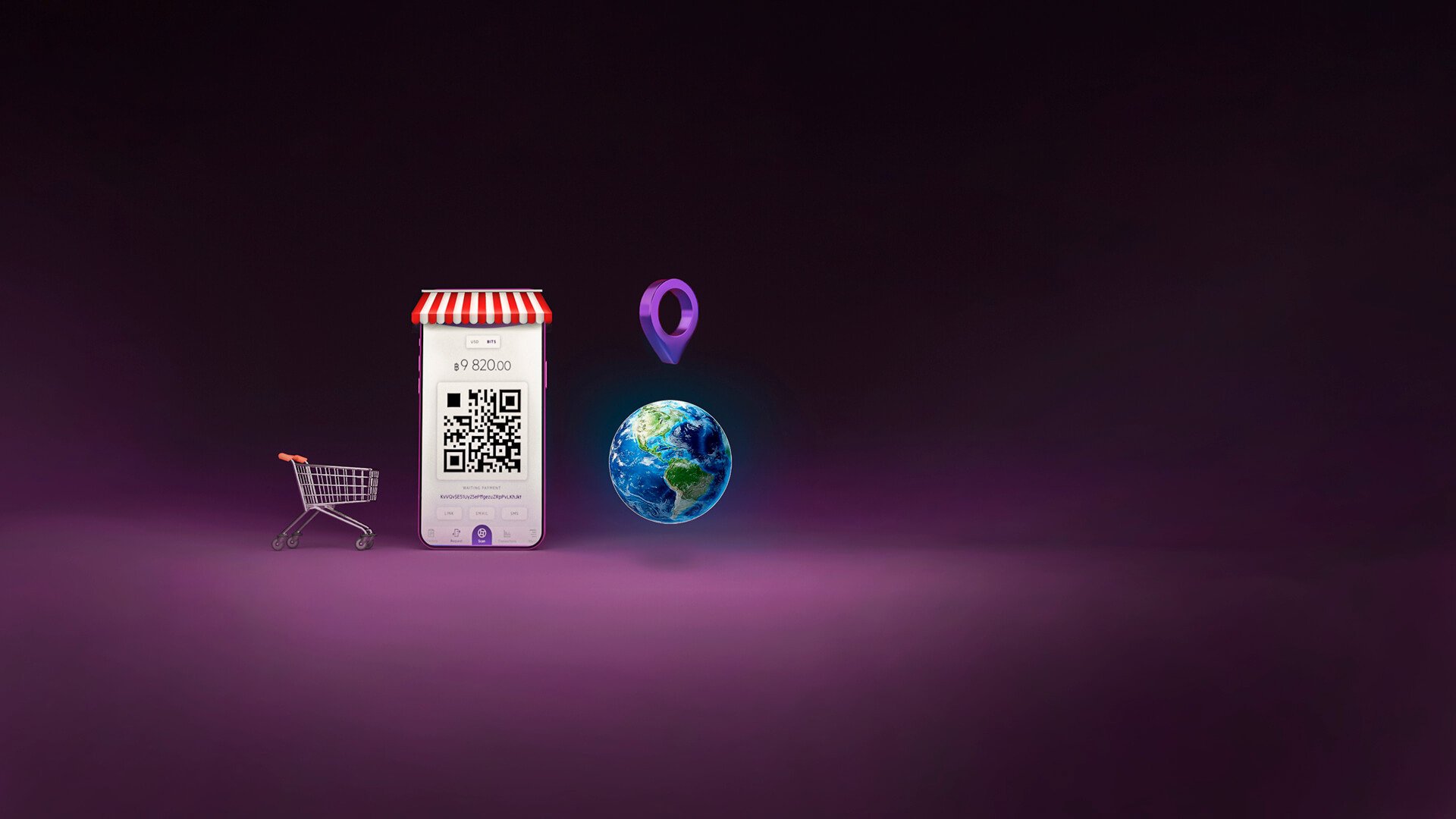
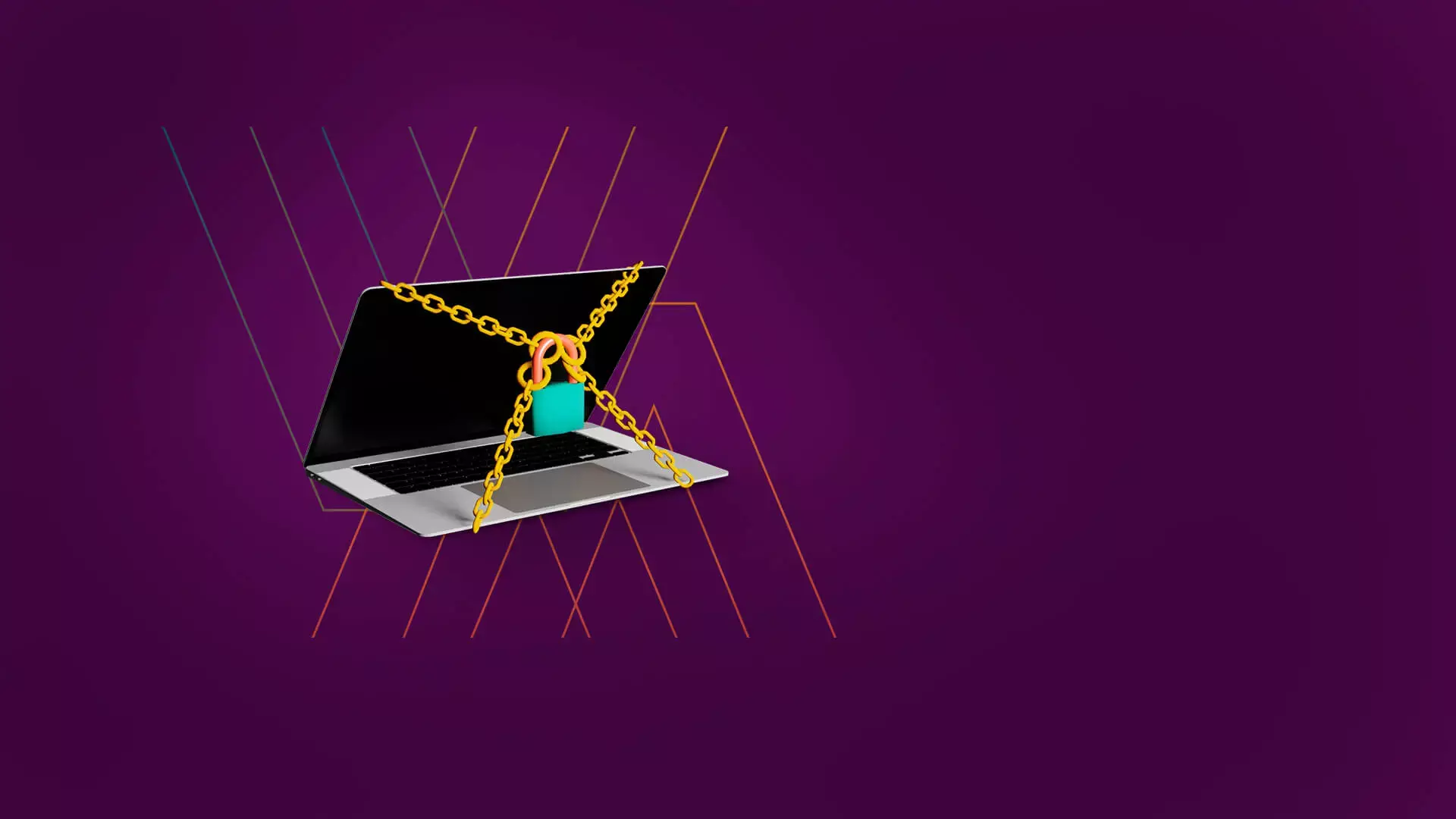

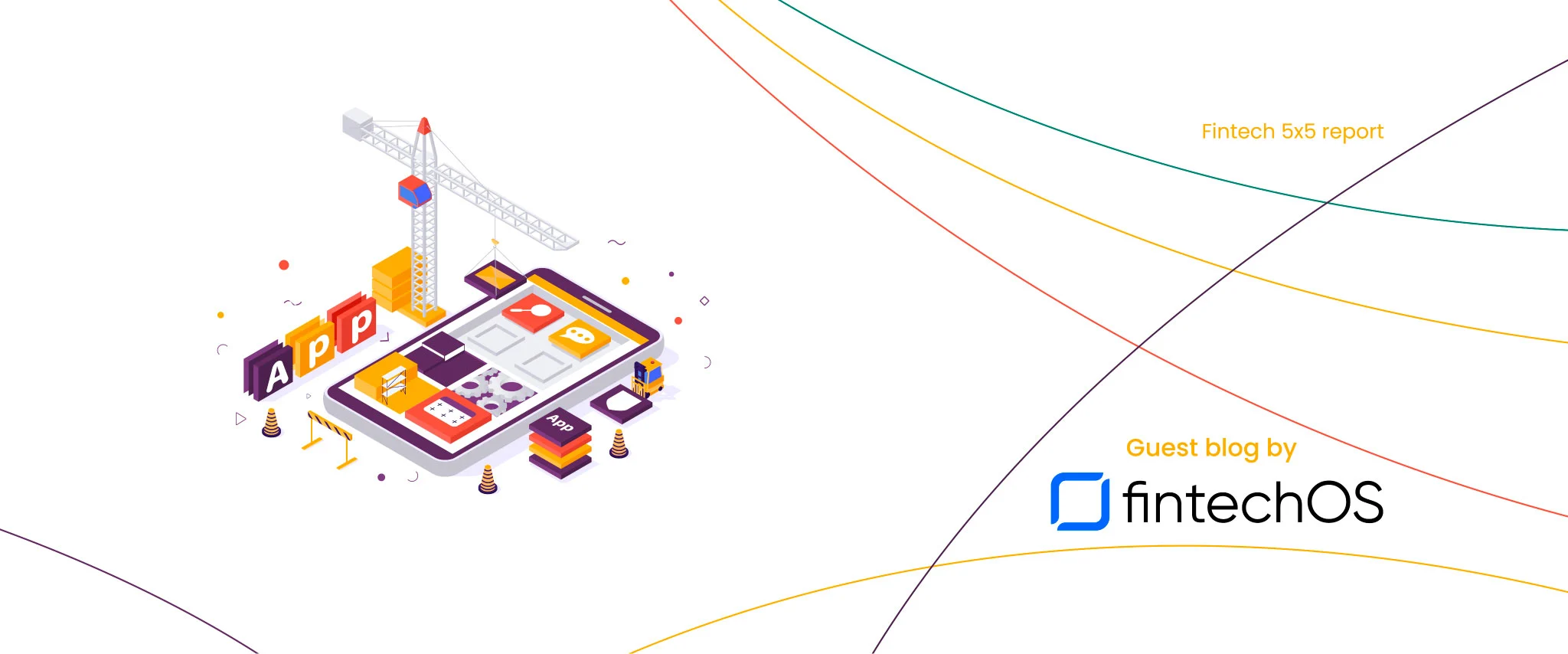
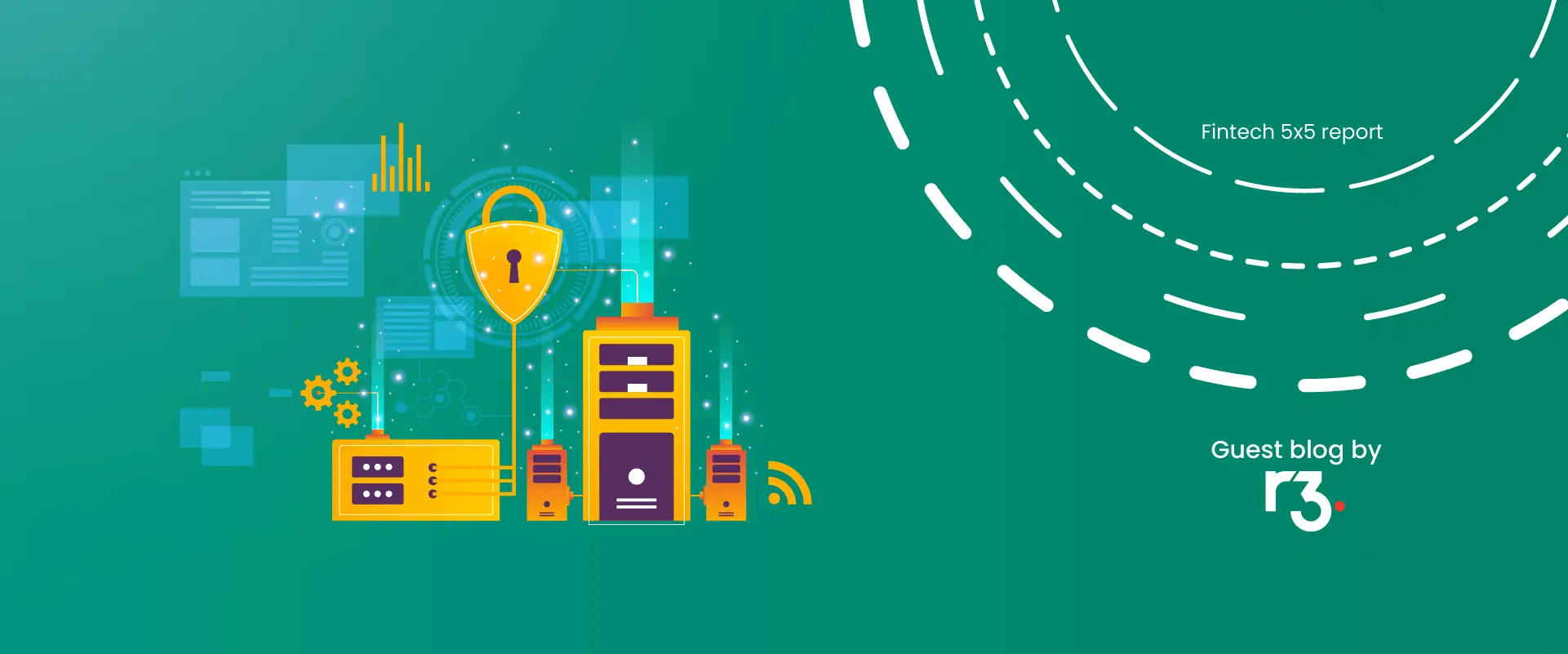




.png?width=137&height=90&name=Payments%20Awards%20(1).png)


.png)